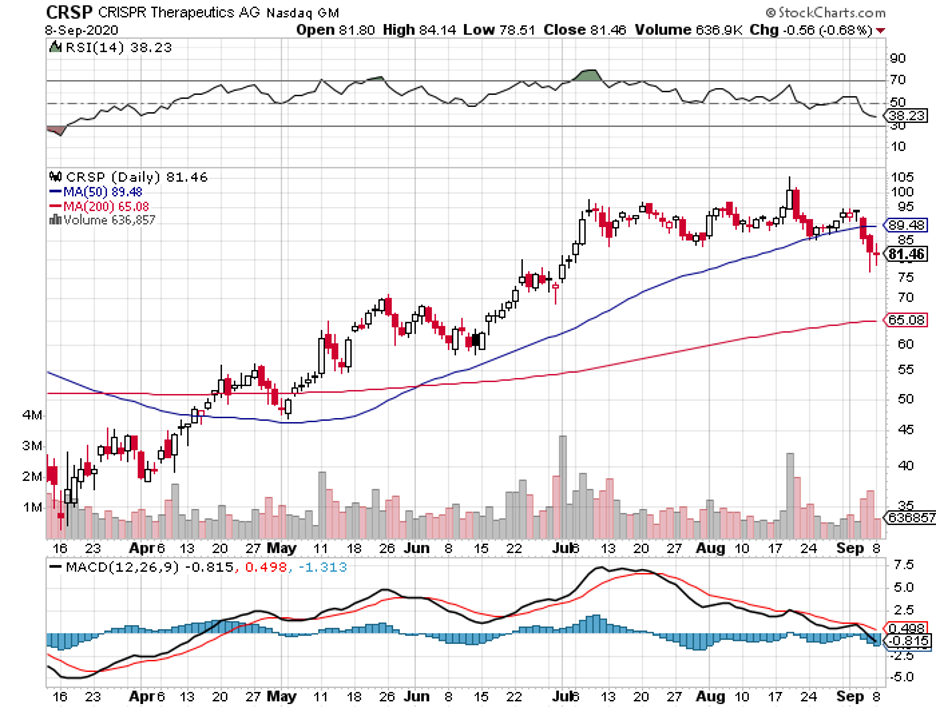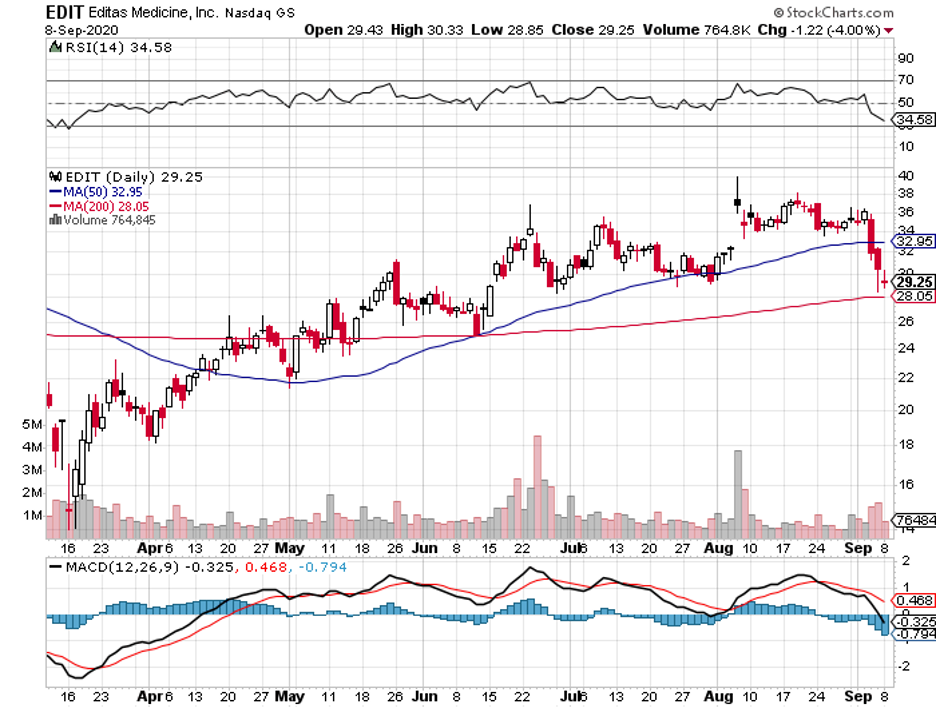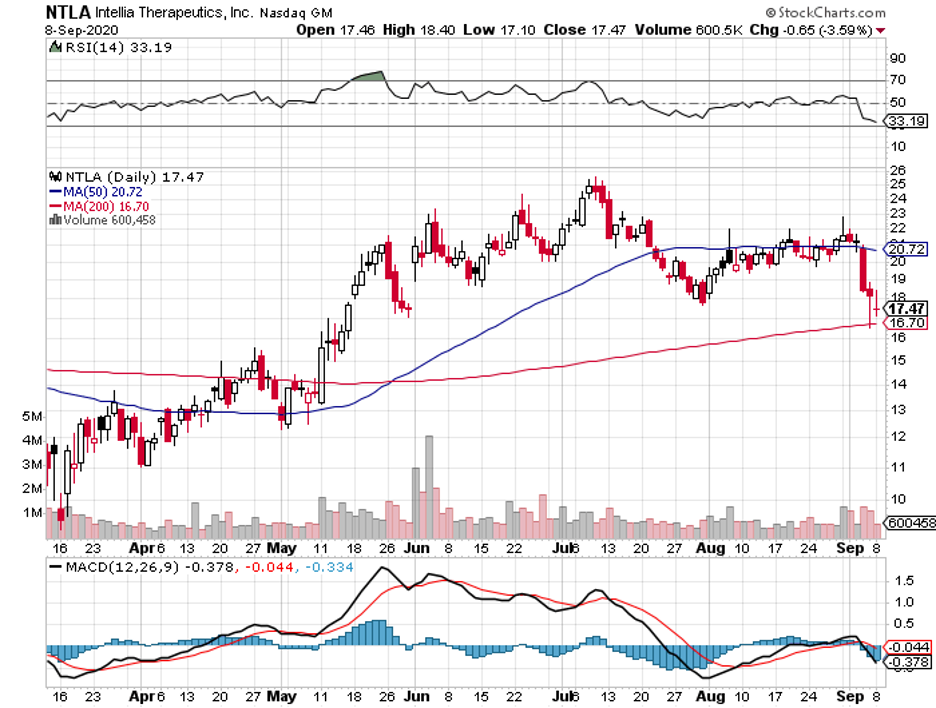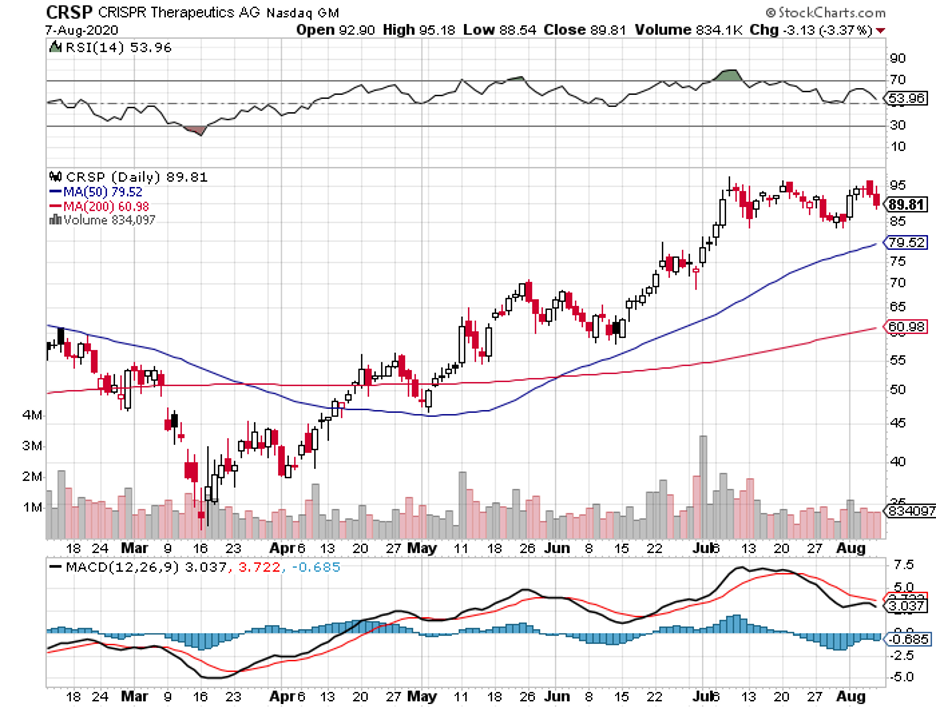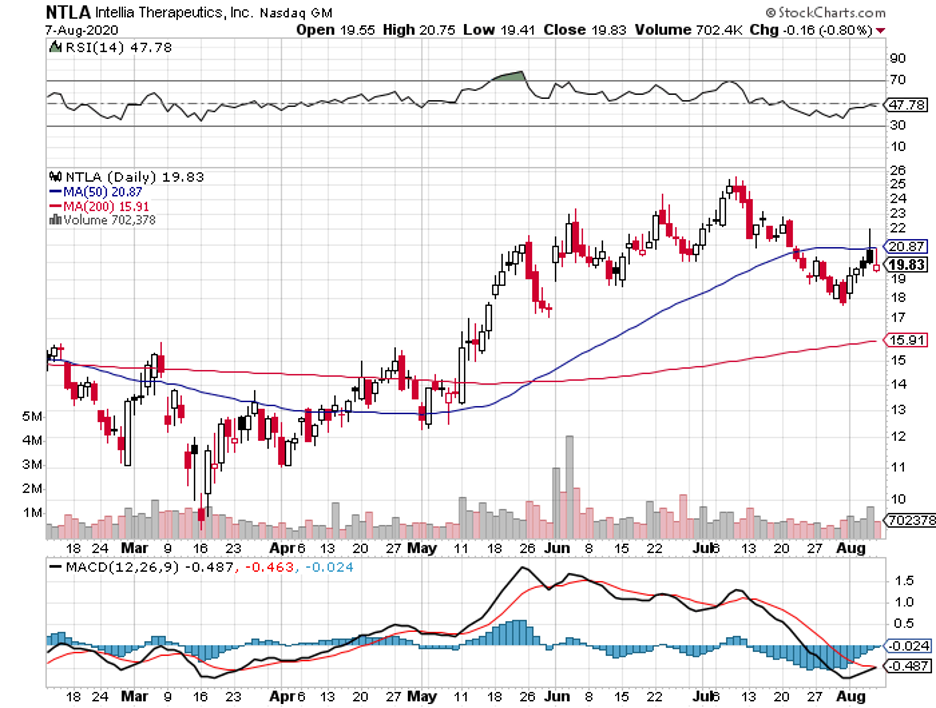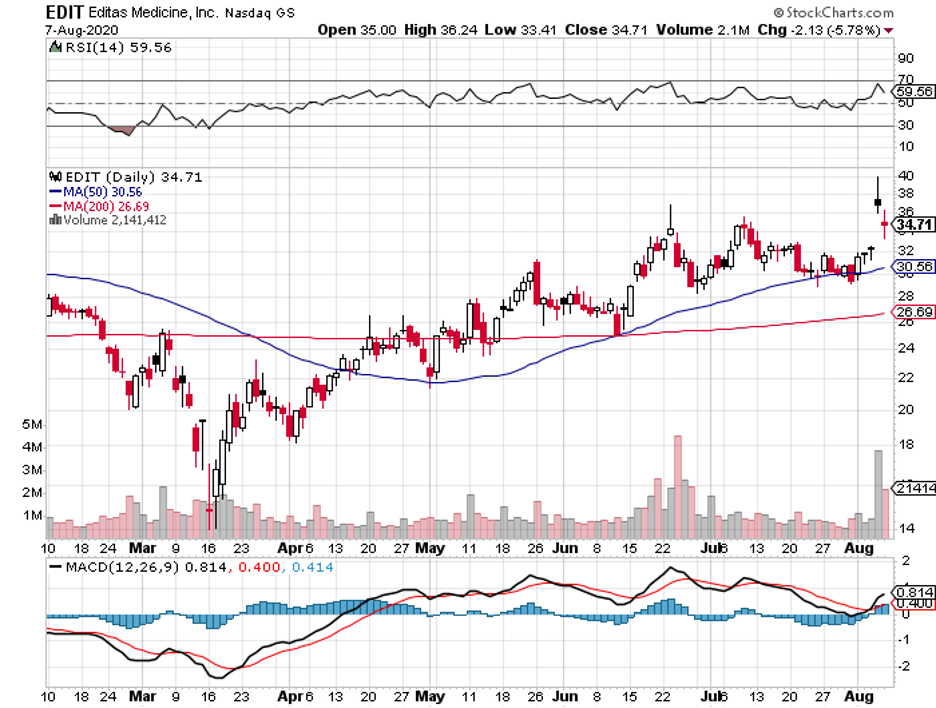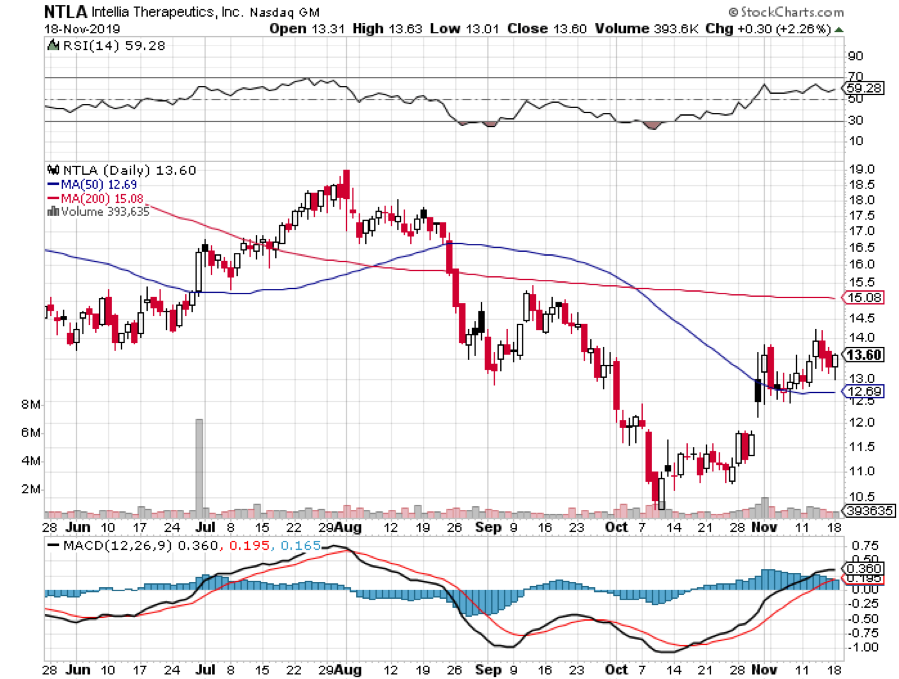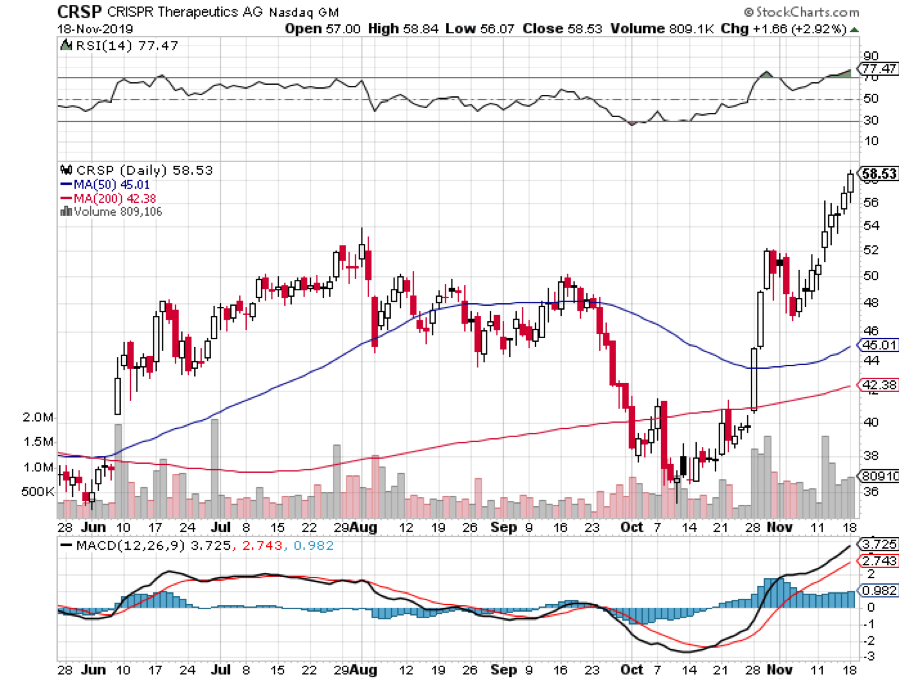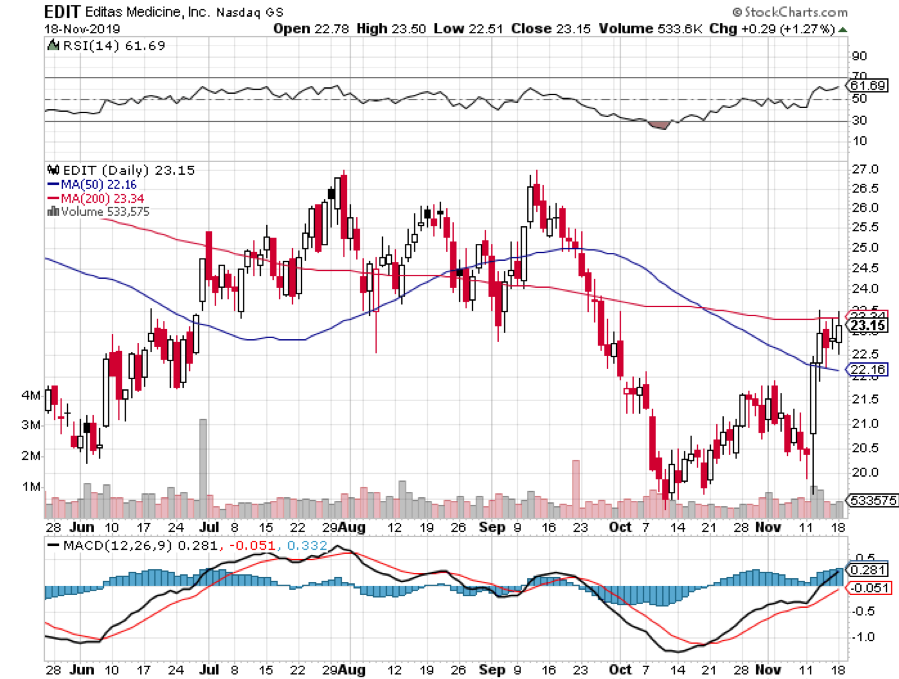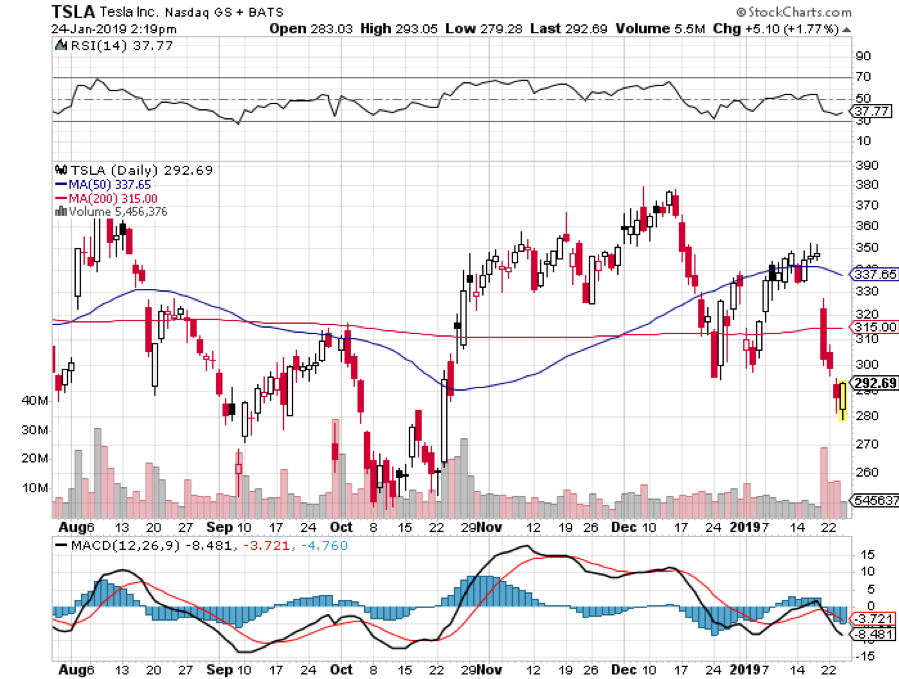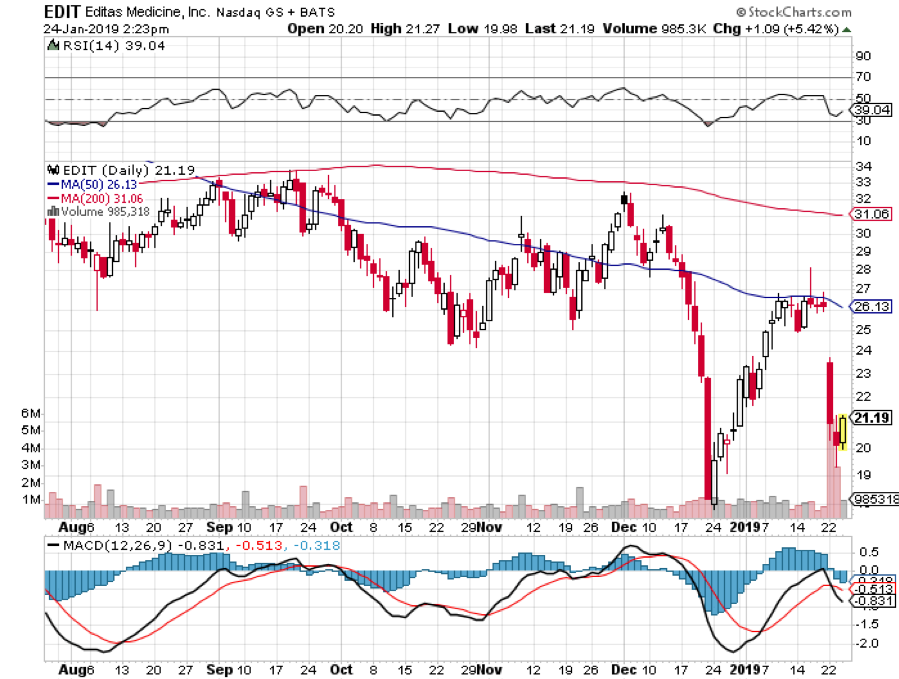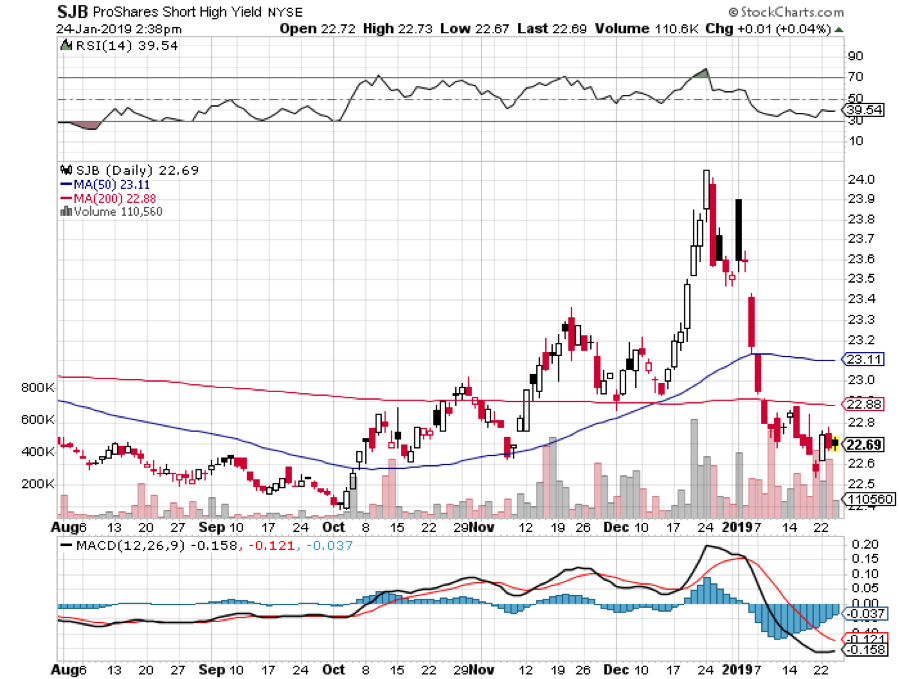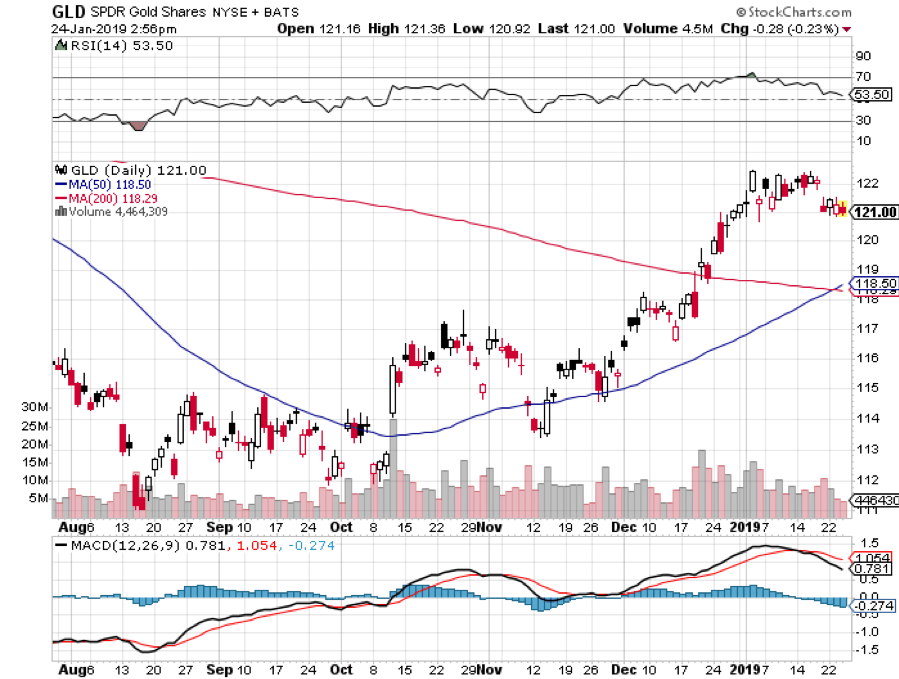Obesity has virtually tripled worldwide since 1975.
In 2019 alone, the World Health Organization classified 38 million children under 5 years old as overweight or obese.
More alarmingly, obesity has been dubbed as the “silent killer” because it is one of the leading factors that cause premature deaths.
In 2017, 4.7 million or 8% of global deaths were linked to this condition.
For context, the number of deaths caused by obesity is 4 times the fatality rate from road accidents and almost 5 times the number of those who died from HIV/AIDS.
Right now, 39% of adults across the globe are considered overweight and 13% are obese.
By 2030, nearly half the adult population of the United States is expected to be suffering from obesity.
Now, we might have the answer to this “silent killer:” CRISPR gene editing.
A recent Harvard study showed that CRISPR gene editing can be used to engineer cells to avoid weight gain and even potentially stop the onset of obesity-related diseases like diabetes.
The solution is straightforward.
The scientists will convert the body’s white fat, which is the “bad fat,” into brown fat or the "good fat.”
Brown fat is known as the healthy fat because it produces heat for the body by burning calories. Meanwhile, white fat tends to build up and leads to obesity.
Through CRISPR gene editing, the white fat is transformed into brown fat. This will then be burned by the body and used as an energy source, which can also result in weight loss.
So far, the technology proved to be successful in mice which were put on a high-fat diet.
What CRISPR targets is a gene for a protein called UCP1, which is distinctly found in brown fat.
The function of UCP1 is to turn chemical energy into heat.
Using the UCP1, the researchers created cells that closely resembled brown fat cells. These are called human brown-like cells or HUMBLE cells.
The manufactured HUMBLE cells are then transplanted into the mice with weakened immune systems. These mice were also fed with a high-fat diet.
Upon observation, they found that the modified cells actively helped in preventing the progression of obesity in mice and even showed improvements in the metabolic function of the animals.
Over the course of 12 weeks, the mice given white fat cells continued to gain weight while those transplanted with the HUMBLE cells showed weight loss. The latter also showed higher sensitivity to insulin, indicating that they could be protected against diabetes.
This is where it gets interesting because the technique can ultimately lead to cell therapies not only for obesity but also other metabolic disorders.
In the future, the process could evolve into something as convenient as removing a small amount of a patient’s white fat and having that engineered into brown-like fat and re-implanted to the same person’s body.
Apart from that, the HUMBLE cells also appear to send a chemical trigger to the existing brown fat stored in the mice’s own bodies, stimulating them to burn more energy.
This means that a simpler treatment method could be explored in which the experts could mimic the signal to activate the patient’s own brown fat. This will no longer require re-engineering the white fat and re-implanting it, making the entire treatment extremely straightforward.
The release of this study has profound implications to the total available market for CRISPR gene editing technology.
In the US alone, over 34 million are suffering from diabetes. The medical spending and loss of work wages linked to this is valued at roughly $327 billion annually.
If this technology proves to be effective in boosting a patient’s insulin sensitivity, then it could open an exponentially huge market.
Aside from diabetes, obesity is also considered a major risk factor in certain types of cancer, fatty liver and kidney disease, osteoarthritis, and even pregnancy problems.
This study is another example of how gene editing can be utilized to find treatments for untreatable conditions in the past years.
With this groundbreaking potential, it is no wonder investors are lining up to get their hands in biotechnology stocks in the gene editing sector.
The most widely known gene editing stock is CRISPR Therapeutics (CRSP).
With a market capitalization of $5.72 billion, this company is the only one in its field with actual treatments set for launch in the market soon.
One is a rare genetic disease treatment called CTX-001. Every year, about 60,000 people are born with this condition, causing anemia, lifelong pain, and early death. The other treatment is CTX-100, which is geared towards cancer patients.
Compared to its competitors like Editas Medicine (EDIT), which has a market capitalization of $1.82 billion, and Intellia Therapeutics (NTLA) with $1.03 billion, CRSP has a financial runway that can be reassuring to its investors.
CRSP also has minimal debt and a beneficial partnership with healthcare giant Vertex Pharmaceuticals (VRTX). This makes it one of the most attractive gene editing stocks out today.
Nonetheless, buying early stage companies, especially in the biotechnology sector, can be like oil wildcatting back in the 1930s. The key is to spread your bets broad enough to boost your chances of finding a gusher.
If this CRISPR gene editing technology works to treat obesity and even diabetes, then it could revolutionize the medical field.
While it’s still wise to exercise caution when investing in gene editing stocks, this technology undoubtedly embodies how the future of medicine looks like.
